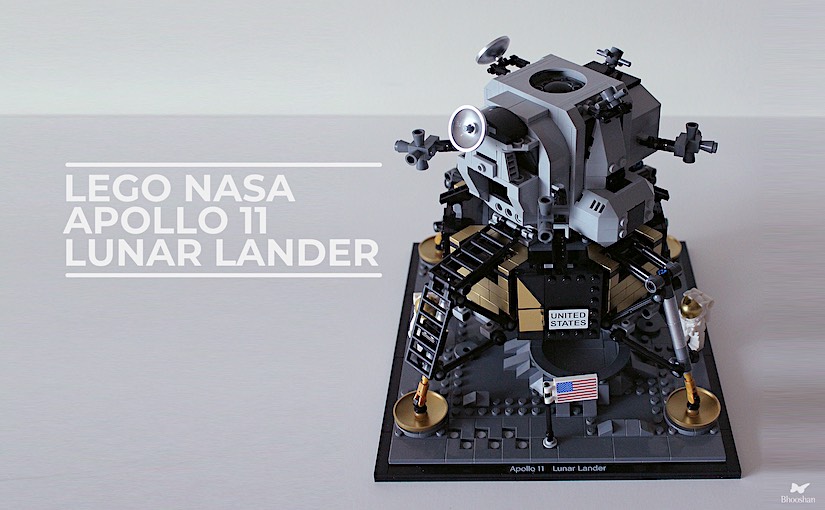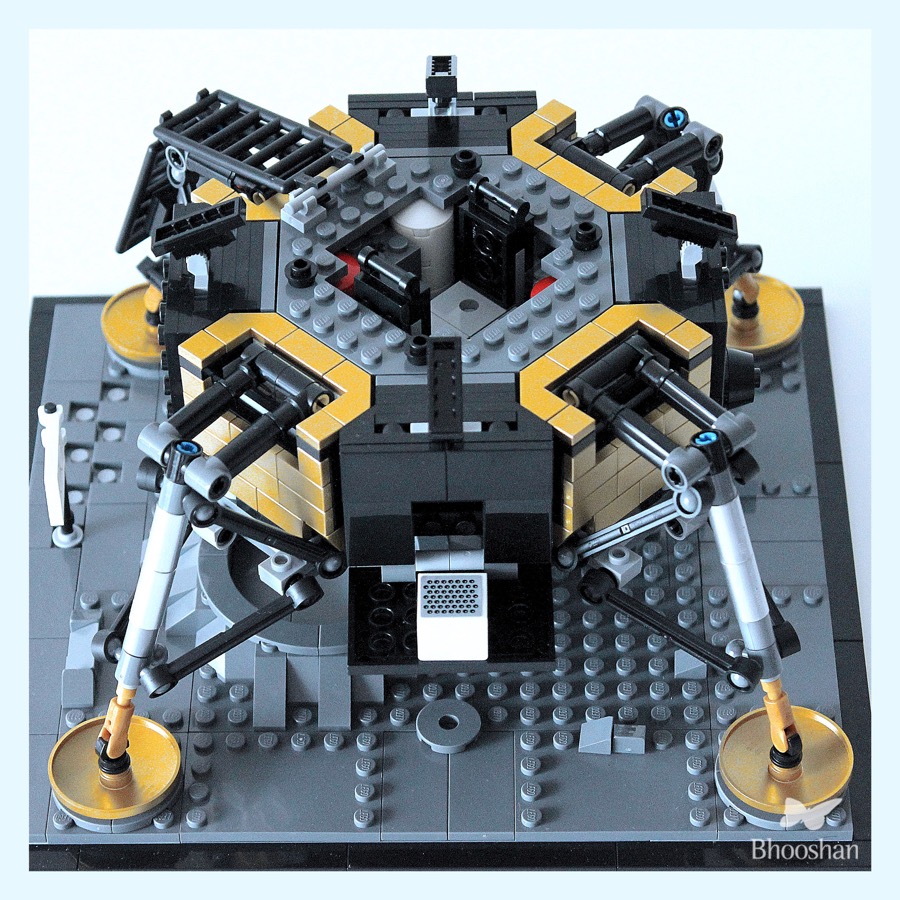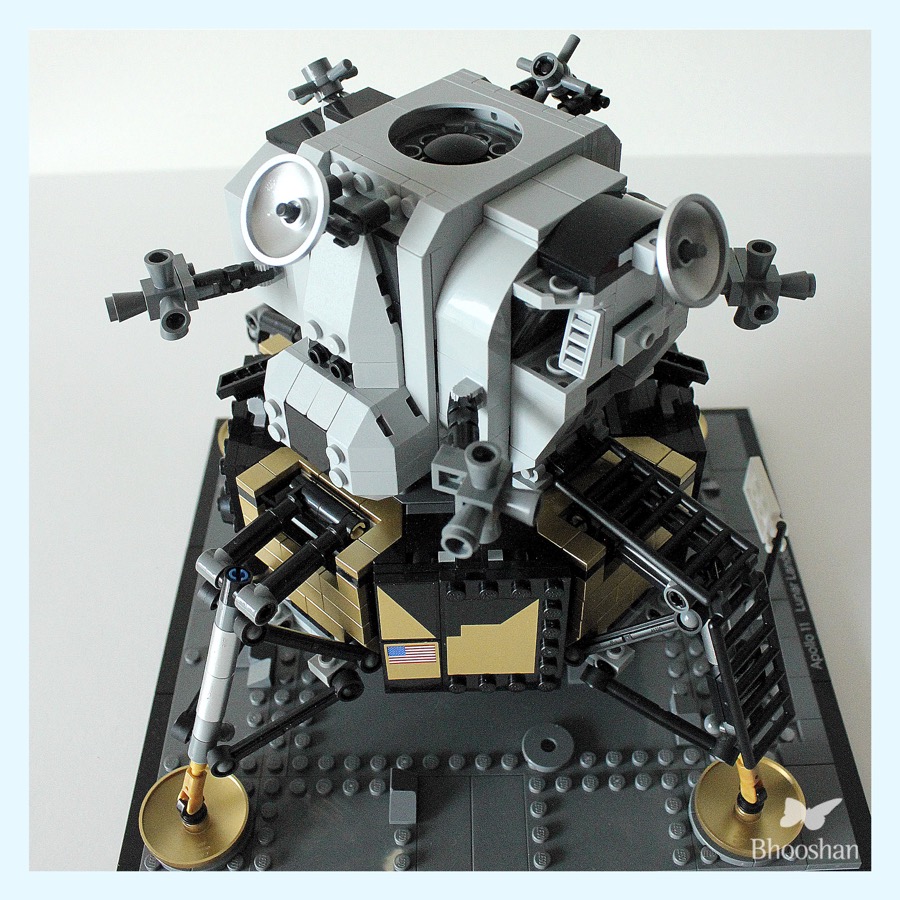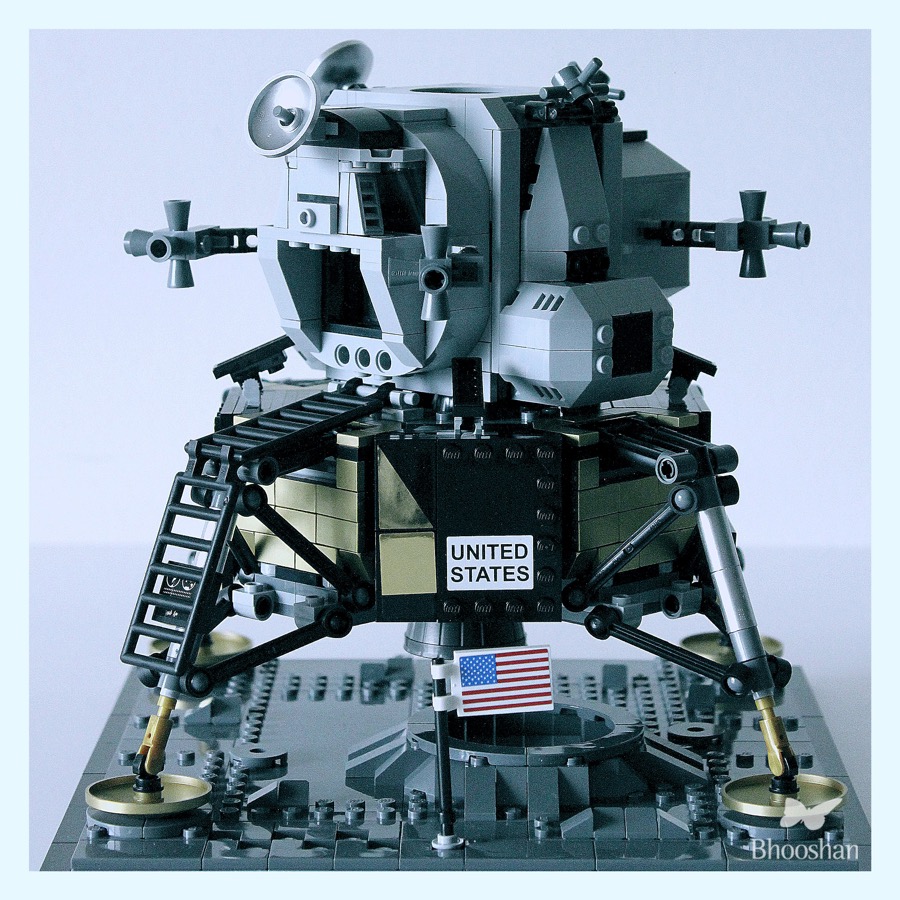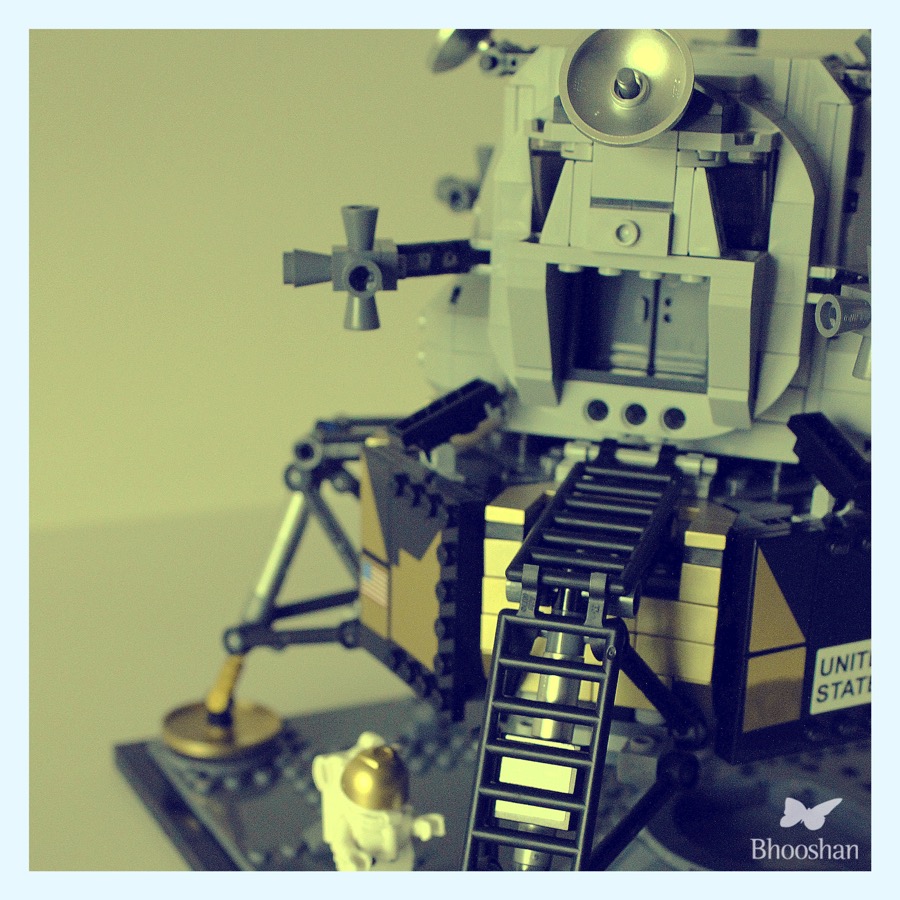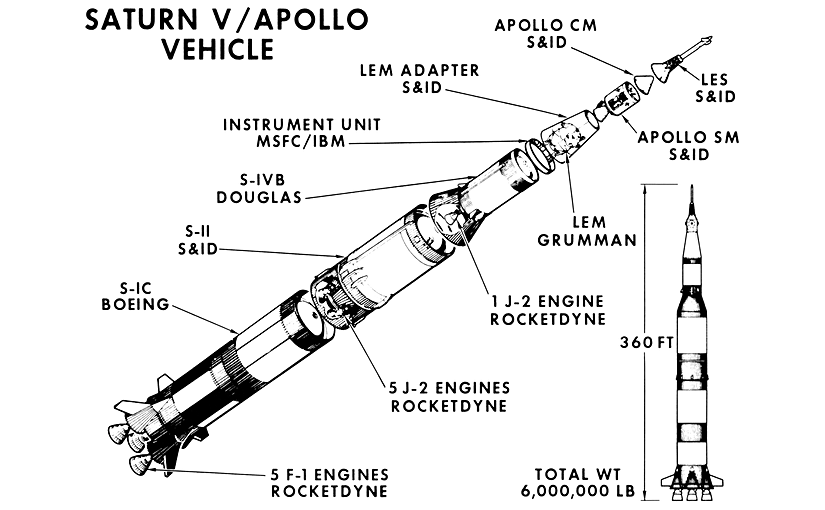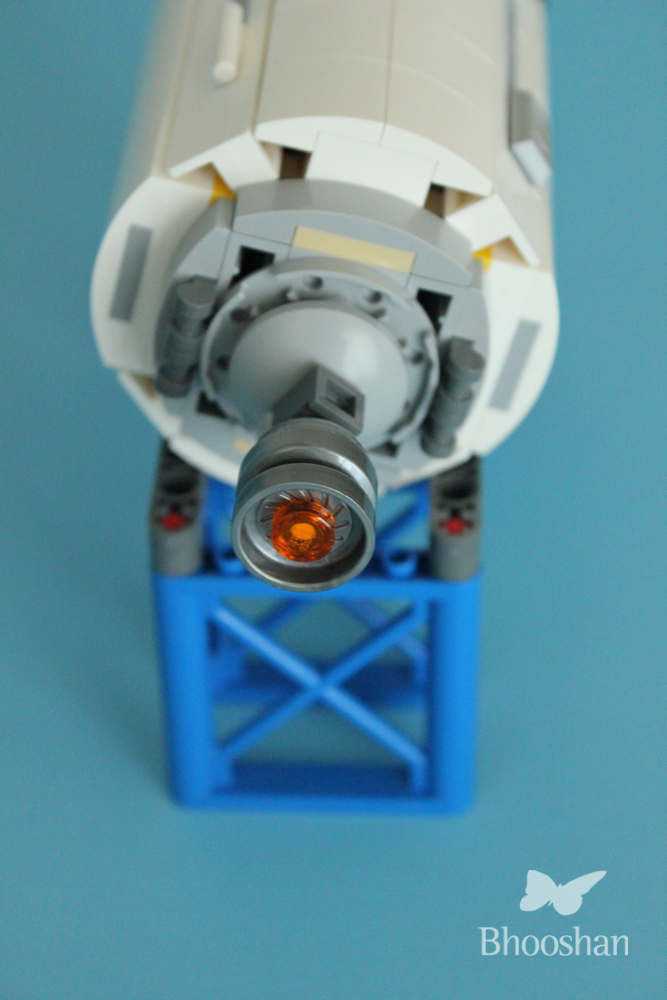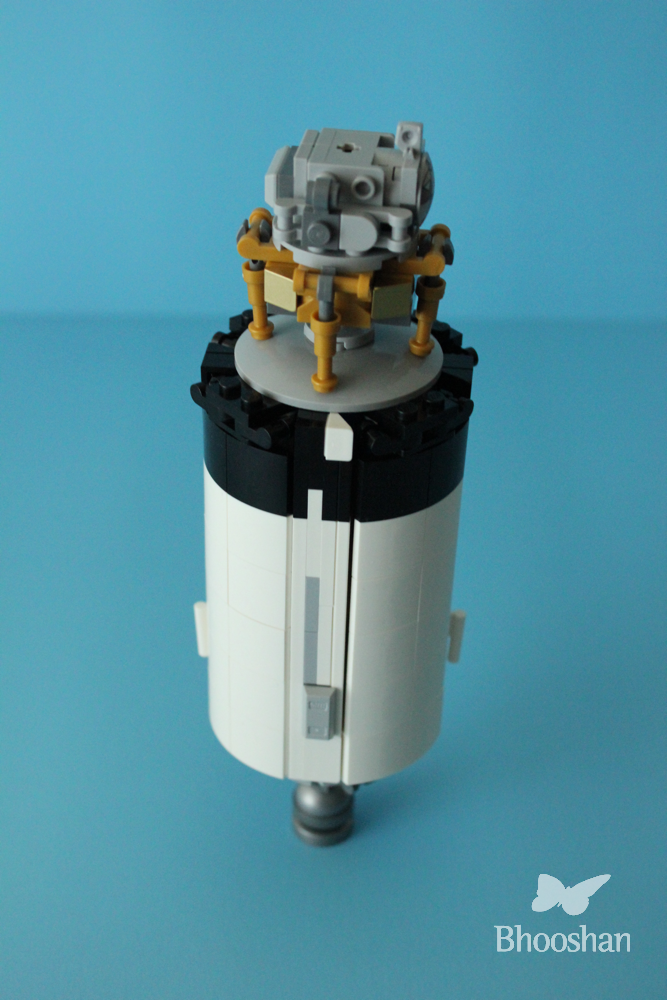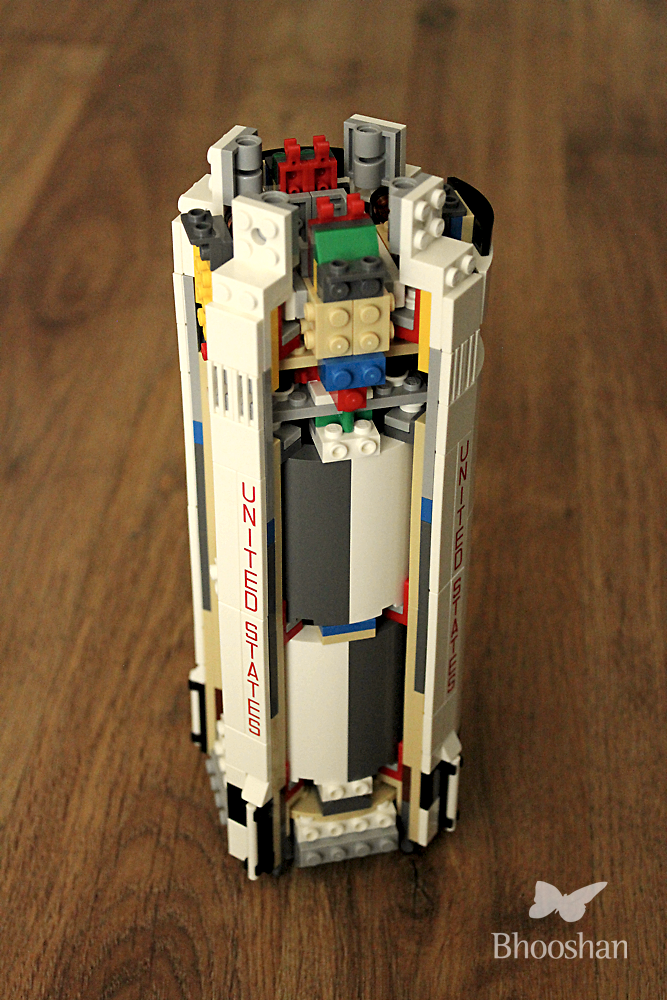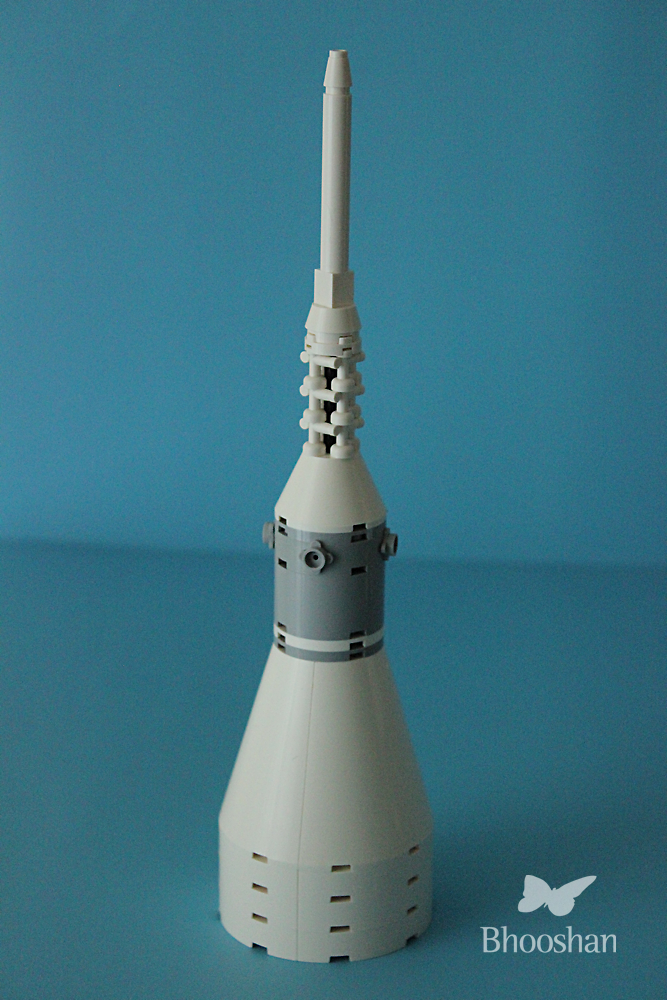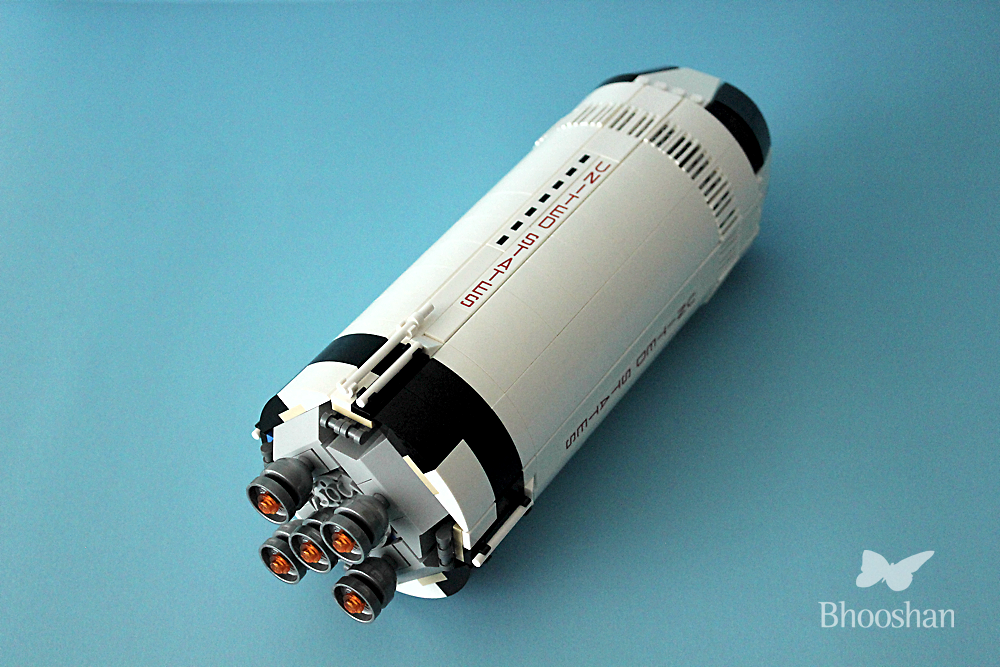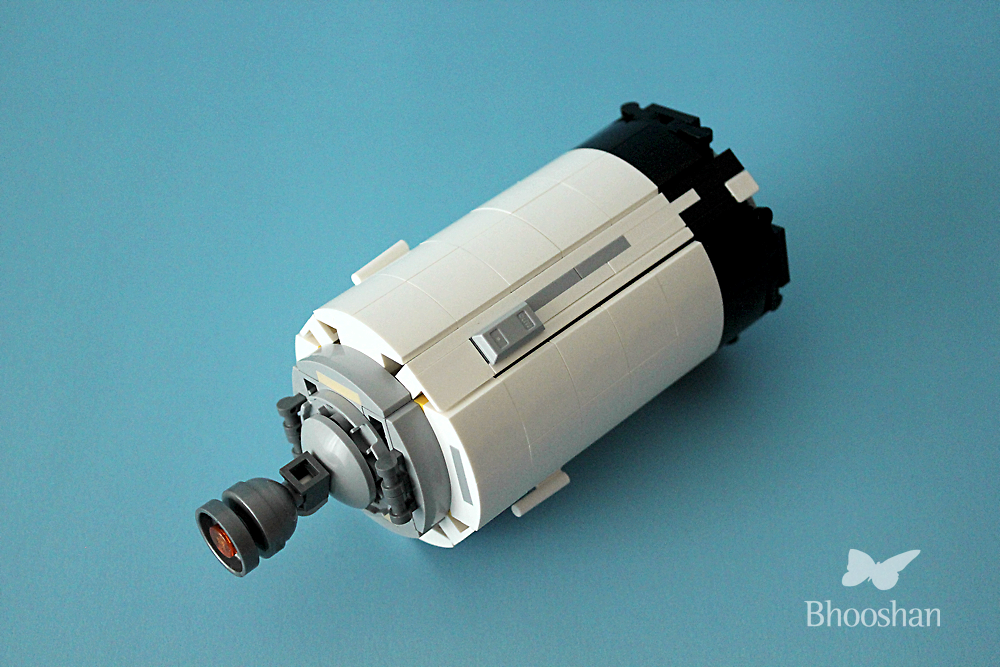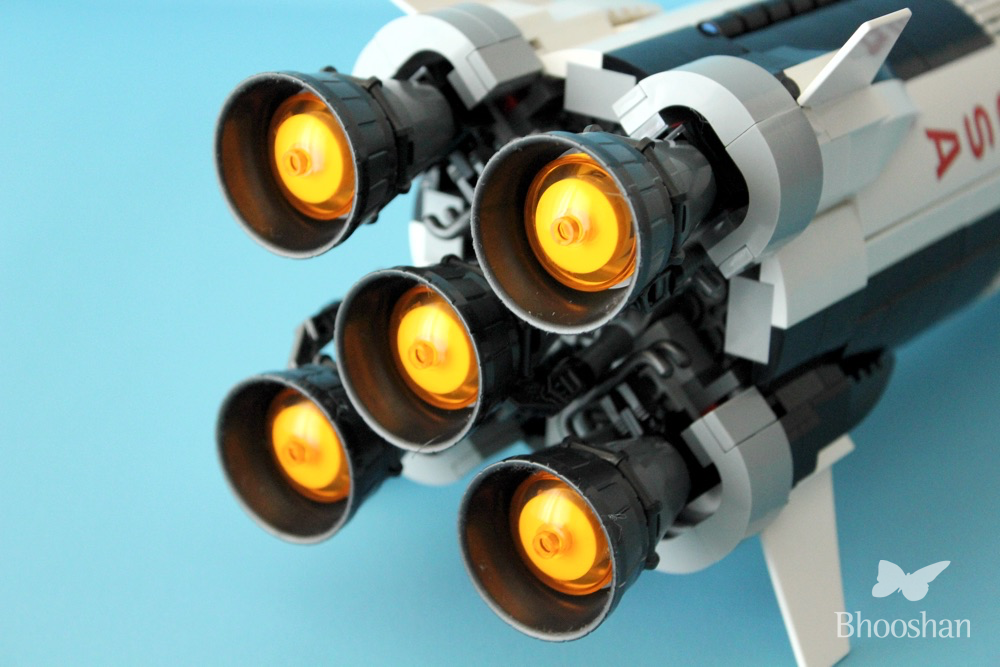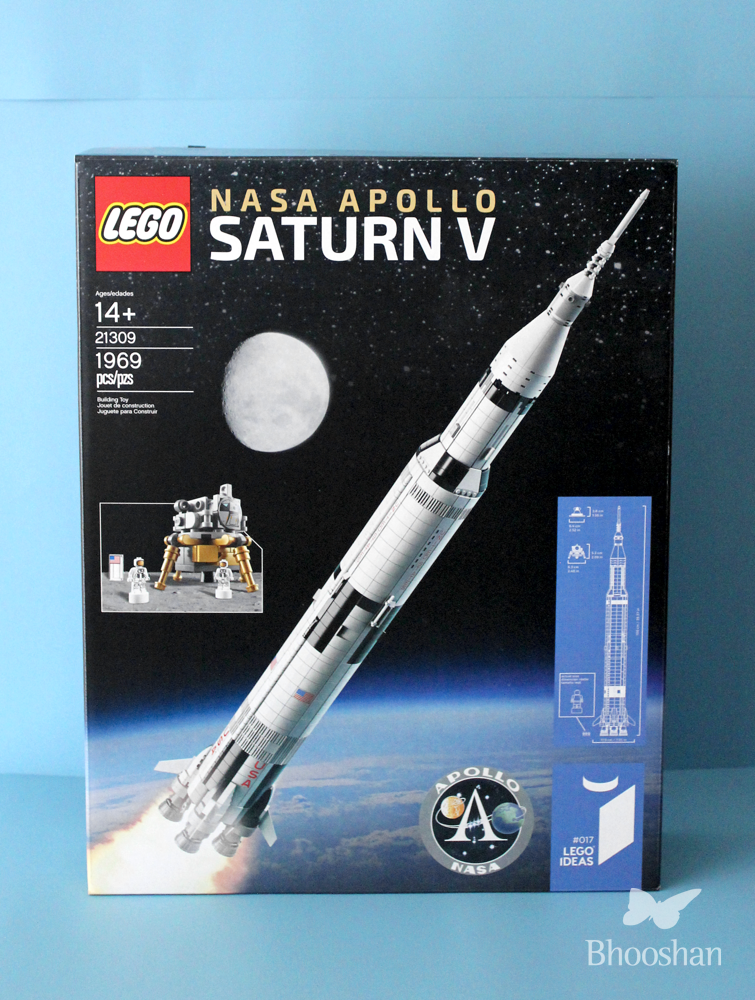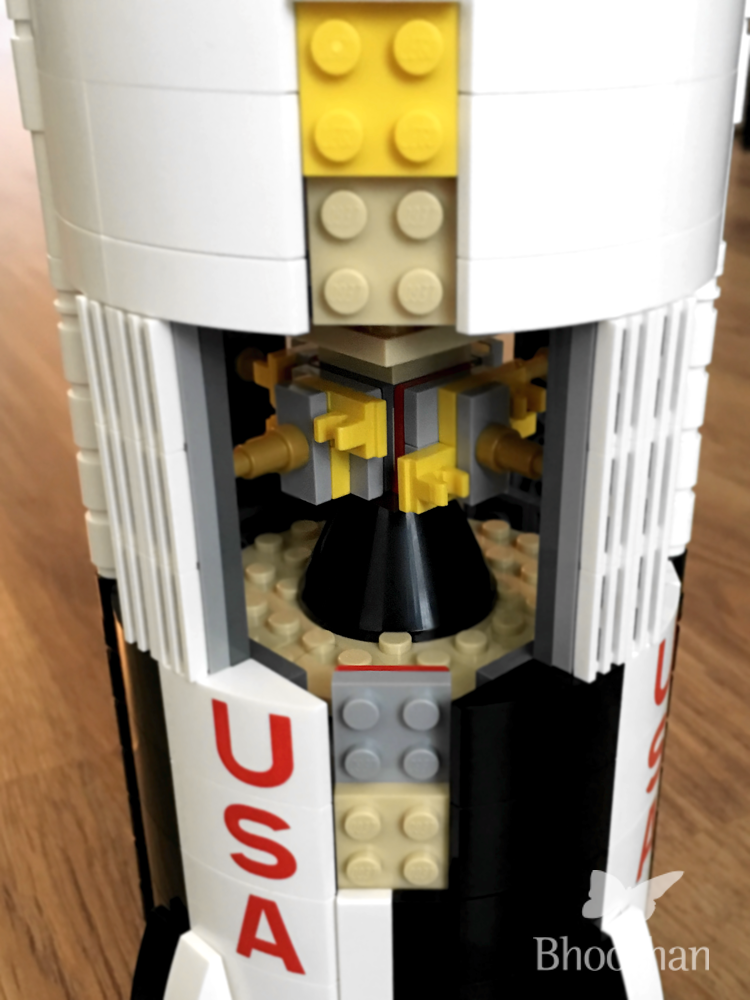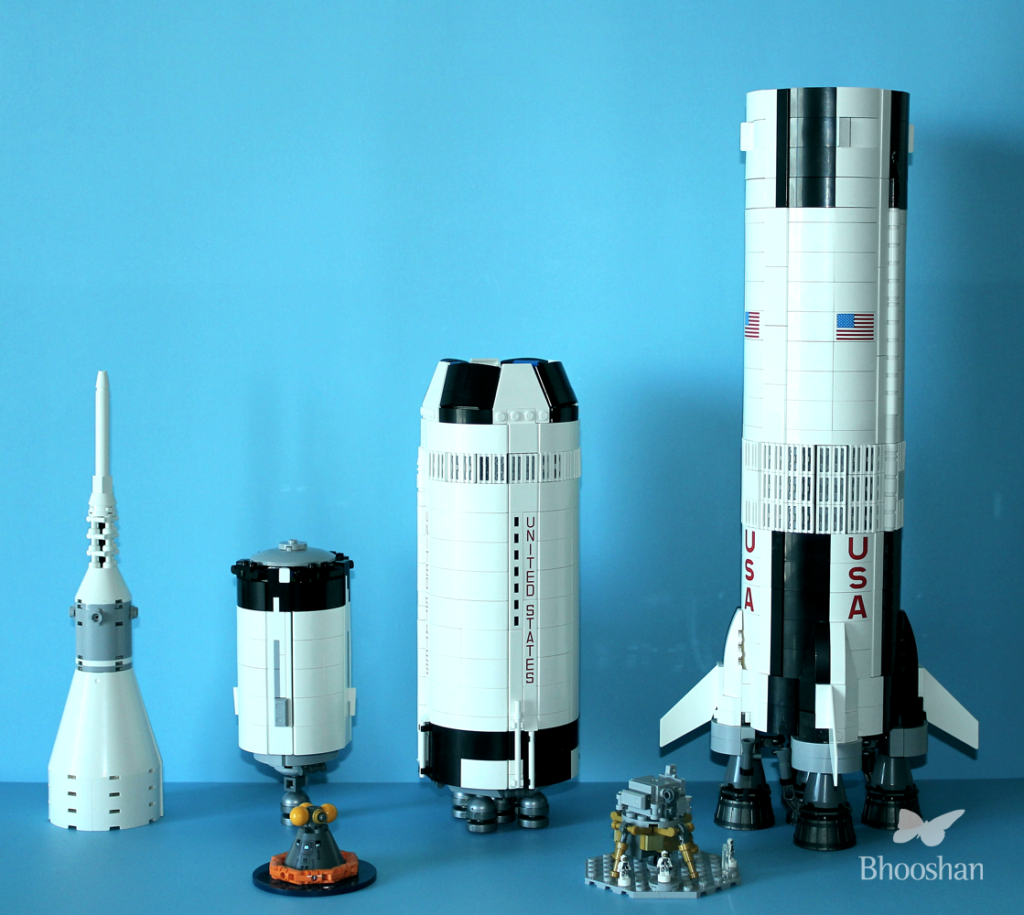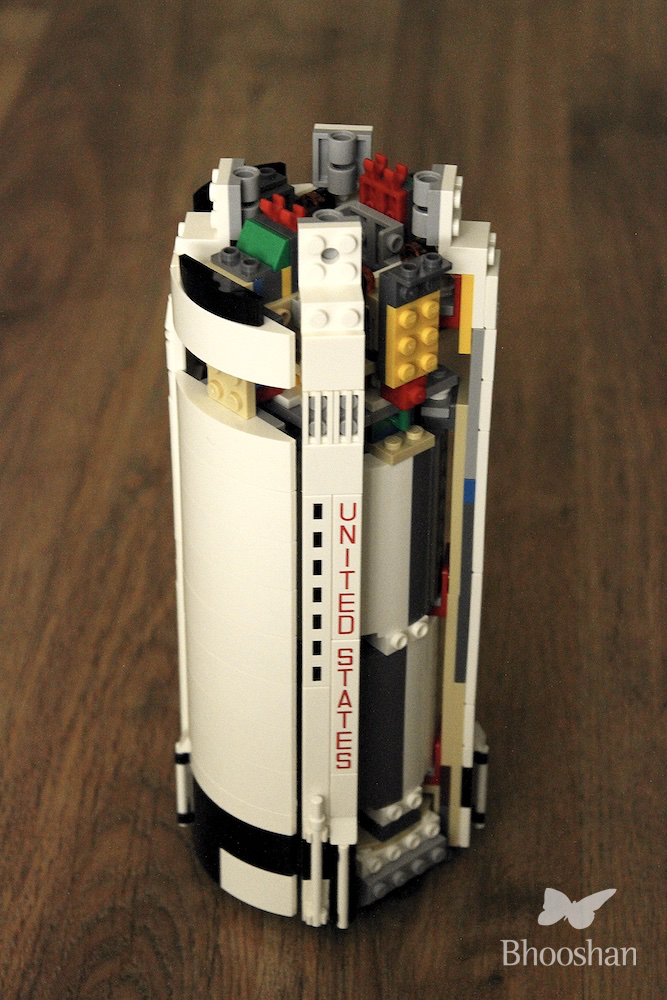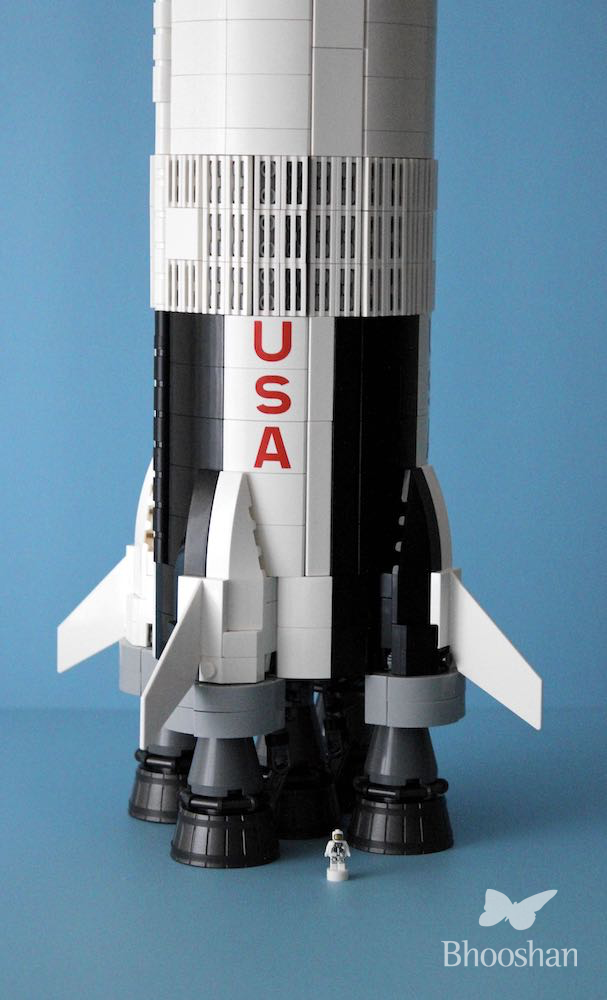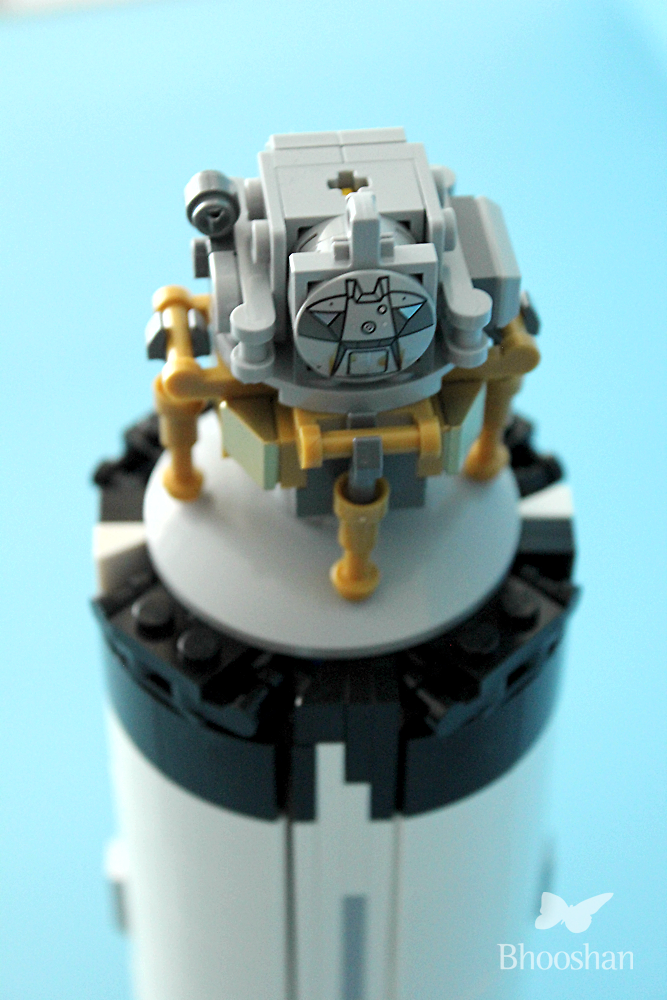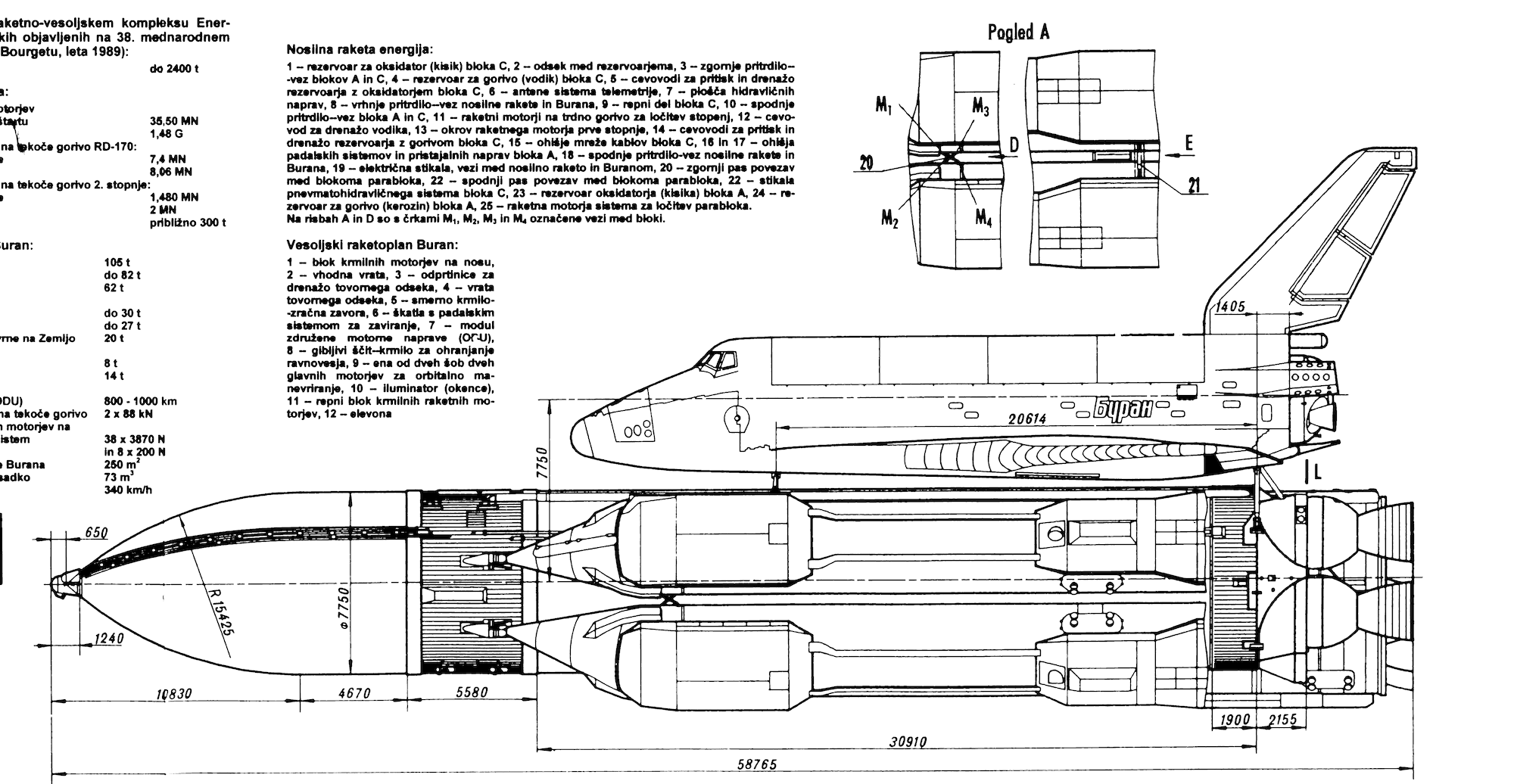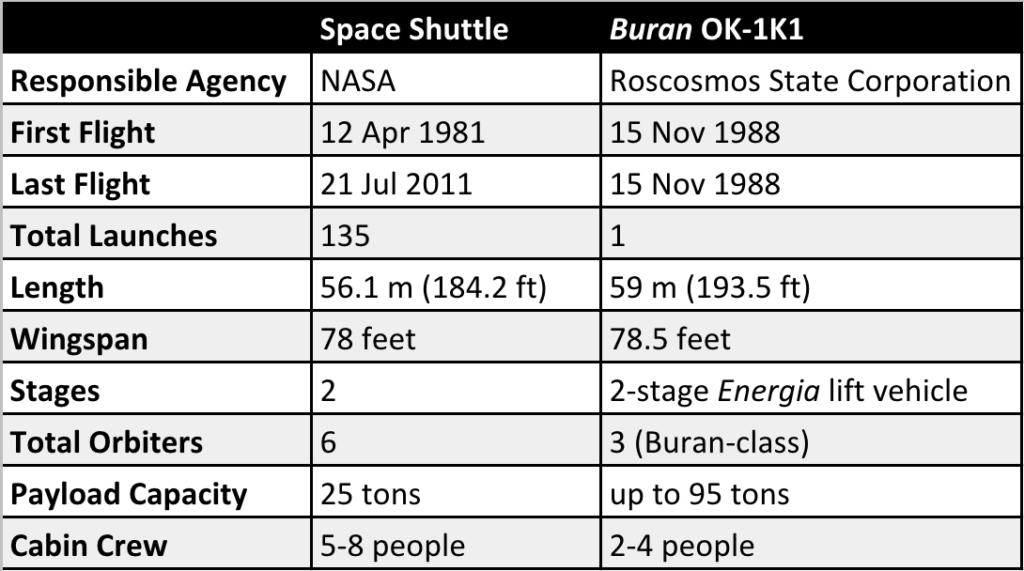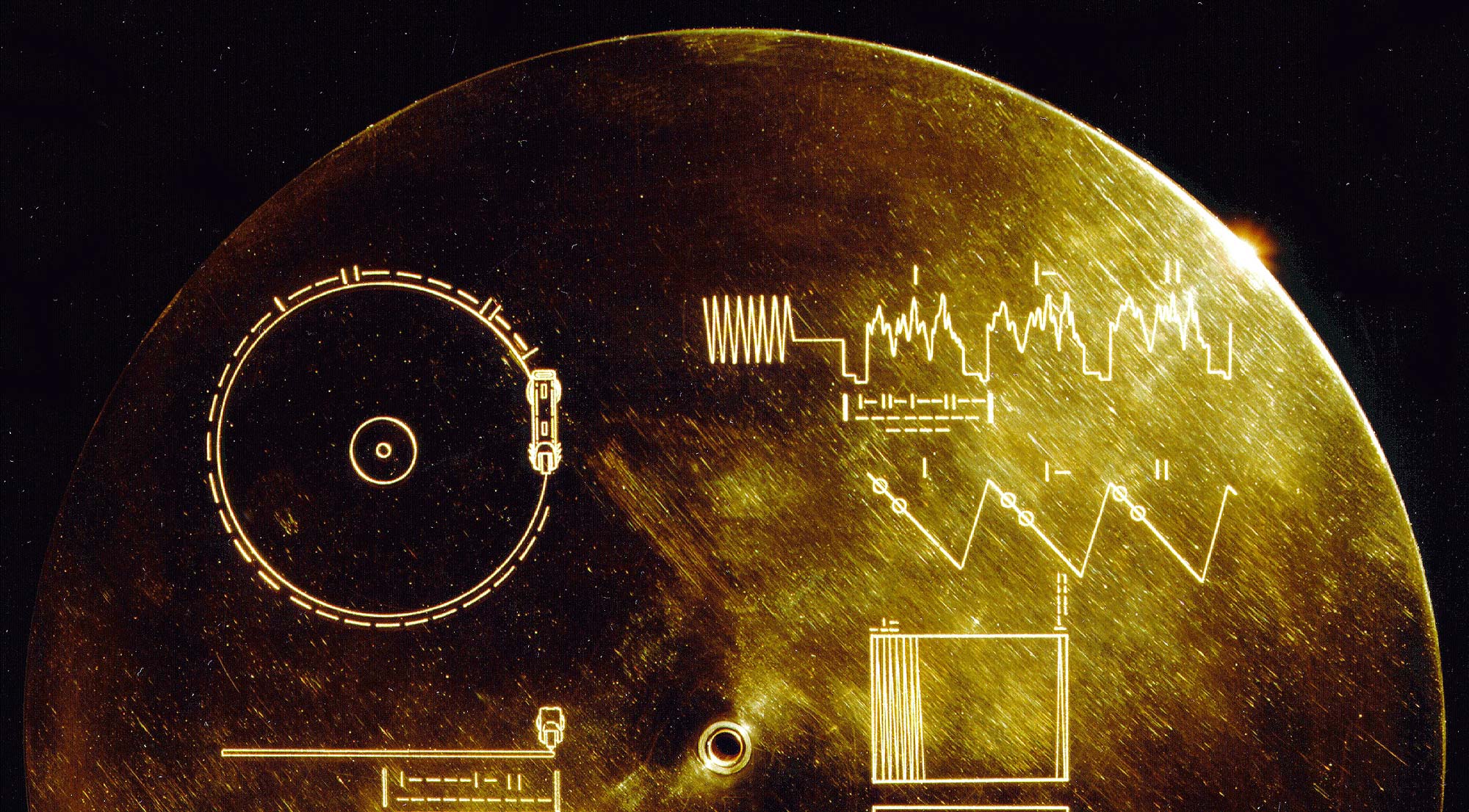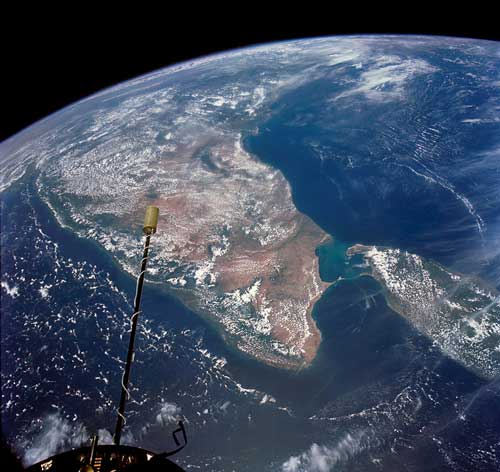Before I begin to write about the LEGO’s Lunar Lander, I thought I’d state a couple of reasons why this commemorative NASA Apollo 11 Lunar Lander (Creator – 10266) has come at a crucial moment. These are exciting times for space enthusiasts like myself. Firstly, India is preparing to launch the ambitious Chandrayaan-2 mission carrying an orbiter and a lunar rover (named ‘Pragyan’) to the southern pole of the Moon, making India the first nation to attempt landing a rover in that area. And also, we are closing in on the big event, the 50th anniversary of the first moon landing in 1969. So following the Apollo Saturn V here was another Apollo mission engineering masterpiece from LEGO’s creative factory!
Apollo 11 Lunar Lander (Module)
I appreciated the dexterity required in building the Saturn V just this past month from exactly 1969 bricks and right to this day, I continue to look at the 3-ft tall structure as one of the greatest most creative designs to come out of the LEGO studio, yet. Honestly, I was unaware until the Internet started buzzing with the release in the European market of the ‘Apollo Lunar Lander’, which they thankfully launched this month. And unless they’re also planning to add the Command & Service Module into the mix before the anniversary date this would signal the end of the Apollo mission series showcasing NASA’s engineering expertise and the collaborative effort in sending the first humans to the Moon. In a nutshell, the iconic Apollo 11 mission consisted of the behemoth Saturn V which transported the astronauts to the Moon whilst the Lunar Lander placed the Apollo astronauts, most notably Neil Armstrong and Buzz Aldrin, on the lunar surface and brought them home safely.
This ‘Creator’ Lunar Lander is also special for one more reason — LEGO has worked with NASA in developing this design to mark the historic 50th Anniversary.
I spotted the Apollo Lunar Lander on display at the LEGO Store last week and it was difficult to ignore the temptation of adding it to my growing collection. However, to my pleasant surprise, in addition to the Lunar Lander I also received a ‘Space Rocket Ride’ toy, a LEGO ‘Apollo Lunar Lander’ patch — similar in feel to the ‘Eagle’ patch of the Apollo 11 (pictures in this post), and some miscellaneous items as promo offers for a limited time. The purchase was definitely sweetened with the addition of these extra bricks and added to my fun of building more LEGOs this time.

